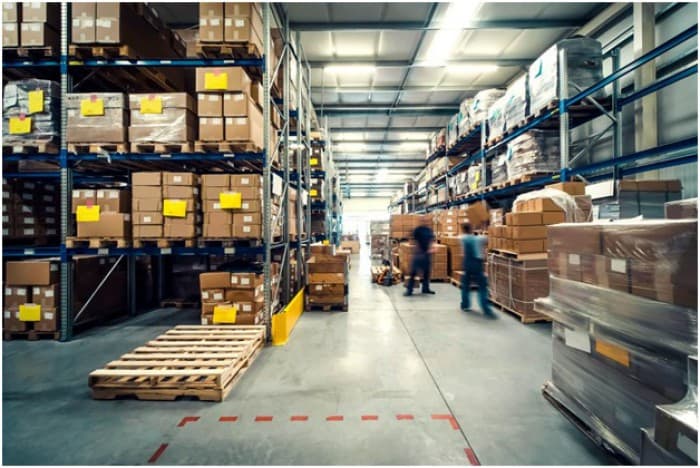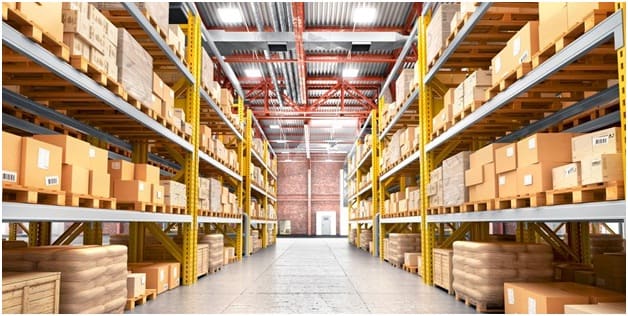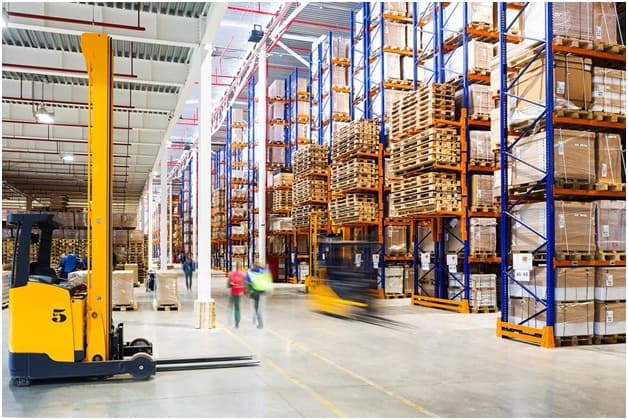
For any business, growth is one of the ultimate goals. As companies grow, however, they often encounter a need for more storage space. While this is a good problem to have, it is sometimes difficult for business owners to find solutions that provide the space they need without cutting too far into their bottom line.
If you need to expand your warehousing capabilities, you have likely debated whether you should opt for centralized or decentralized warehousing. These are the most common warehousing configurations, and each option offers its own benefits and drawbacks. Ultimately, the one that is right for you depends on the preferences, goals and needs of your company.
When you are trying to make this important decision, here are a few advantages and disadvantages of each option to keep in mind.
What Are Centralized and Decentralized Warehouses?
Before we go any further, we should take a few moments to discuss what “centralized” and “decentralized” mean in terms of warehousing. Having a centralized warehouse means that all your products are stored and shipped from one location. A decentralized warehouse configuration means that you maintain several warehouses in different areas. This configuration is most often used to enable a company to stock different types of products or to better serve different areas or markets.
Centralized Warehouses
Working from a centralized warehouse typically costs less. There is no need to purchase or rent multiple facilities, and you don’t need to worry about paying for utilities in multiple locations. Therefore, the operating costs are much lower.
You’ll also save on your inbound costs with a centralized warehouse. Since you only need to have shipments of things like customboxes and packaging materials sent to a single location, you won’t need to pay shipping costs for multiple destinations. This can increase your profit margins, and you can pass the savings along to your customers to ensure greater customer satisfaction.
Another advantage of centralized warehousing is that it enables you to provide better customer service. When you do not have numerous distributors or warehouses to manage and maintain, you can devote more of your attention to investing in the best equipment, hiring skilled workers and responding efficiently to customer requests.

While centralized warehousing offers some great perks, it is important to keep in mind that centralizing your distribution typically results in increased out-going shipping costs. This is especially true when it comes to long-term inventory shipments and rush orders. Shipping to certain parts of your market from your location can be quite expensive, which will likely translate to higher shipping costs for your customers. And with customers increasingly expecting fast shipping at affordable prices, this could kill a sale.
Decentralized Warehouses
When you have several warehouses in different areas, it is easier to avoid the high shipping costs that you are likely to encounter when you have a centralized warehouse. Decentralizing your shipping and receiving also means that there is less delay in material handling. With an efficient network of connected warehouses, you can receive products and supplies quickly and, in turn, get them to your customers faster.
Many business owners also turn to decentralized warehouses when they need to increase their storage space. With multiple warehouses, you can store more packaging materials and products in order to keep up with demand, or you can increase your offerings and carry a wider variety of goods to meet the needs of your customers.
If you choose to decentralize your warehousing, it will also be easier to keep up as your business grows. Rather than needing to relocate your inventory from one warehouse to a larger one, you will simply need to purchase or lease another facility and begin filling it. Decentralizing may also make it easier to keep up with changing seasonal demand for your products.
Unsurprisingly, the biggest drawback of decentralized warehouses is that they cost more to operate. While you will save money on shipping and have extra space to store more products, you will have to pay to purchase or rent each facility. You will also need to cover the cost of utilities and maintenance in each location, and you will need to outfit each warehouse with the equipment needed to operate your business.
The Bottom Line

Clearly, both centralized and decentralized warehousing offers their own benefits and drawbacks. A centralized warehousing strategy results in lower operational costs, but a decentralized strategy lowers your shipping expenses. Having decentralized warehouses allows you to get orders to your customers faster, but a centralized warehouse makes it faster and cheaper for your business to receive the supplies it needs.
The choice between centralized and decentralized warehouses ultimately comes down to figuring out which method is best suited to the unique needs of your business. Every company or industry is different, and what works exceptionally well for one may not be the best solution for another. Take a close look at your needs and your current challenges. Consider the impact that changing your warehousing strategy would potentially have and assess whether that impact is positive or negative. Think carefully about whether the potential positives outweigh the negatives.
For big companies like Amazon and Chewy, decentralized warehousing has proven to be extremely effective. For many smaller businesses, though, centralized warehouses work well and help them save on their bottom line. Consider the positives and negatives for yourself and choose the warehousing option that aligns most closely with your goals and needs.
